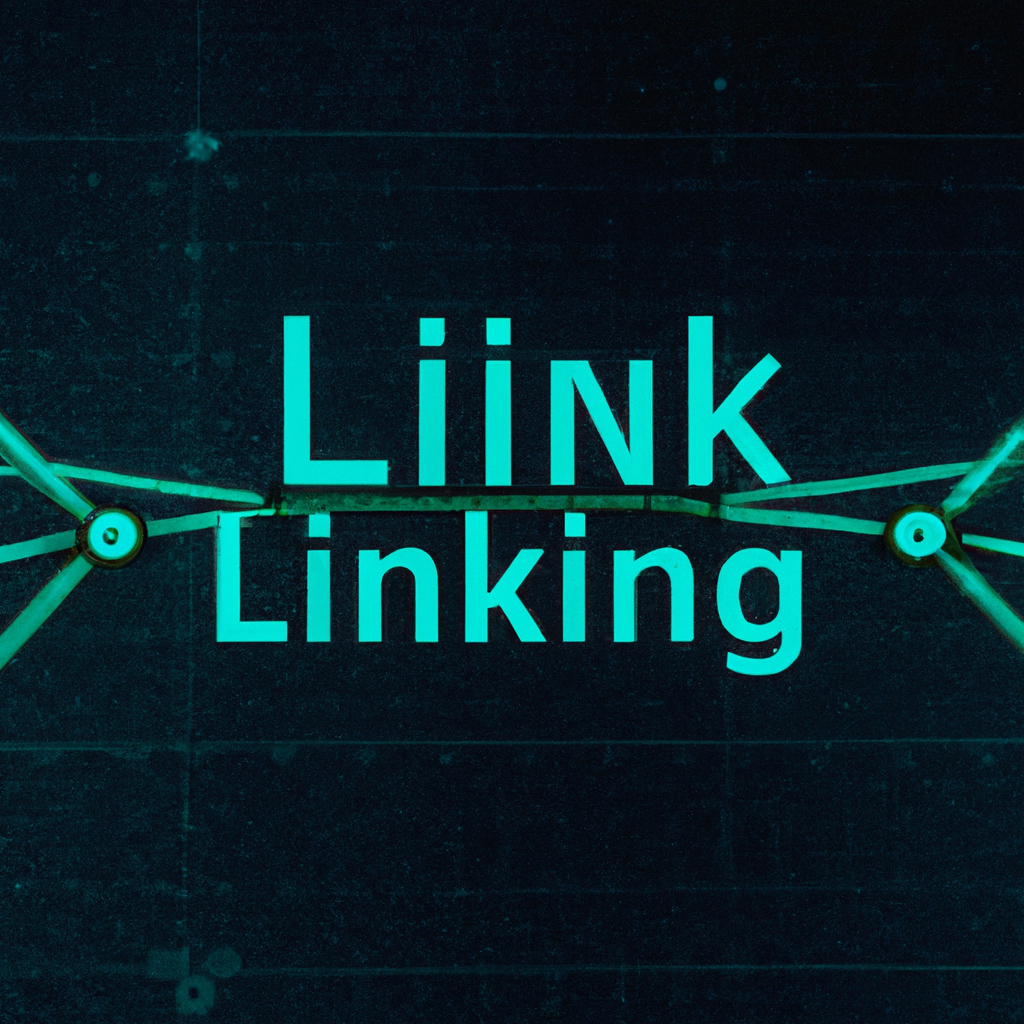Content Map
Example Response: Key Takeaways: Content mapping is crucial in personalizing marketing: Understanding the buyer’s journey and lifecycle stages helps identify how to target content for each stage, providing a more personalized experience for the customer, leading to higher conversion rates. Creating a cohesive and personalized customer experience: Content mapping is the key to an effective…










